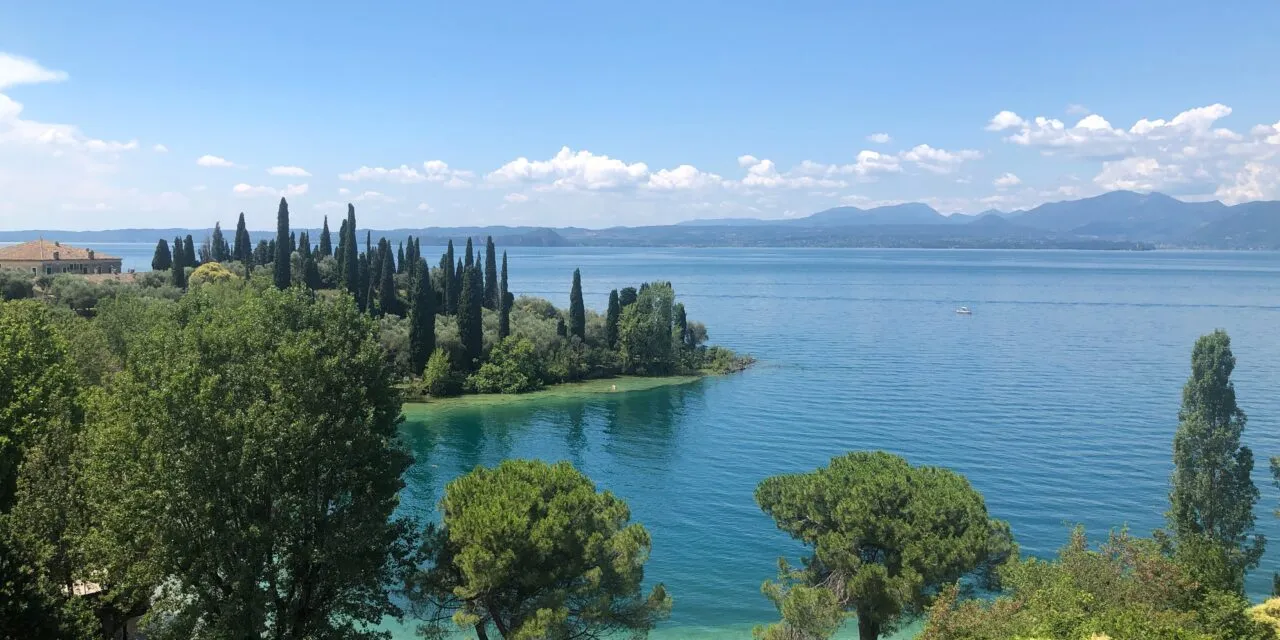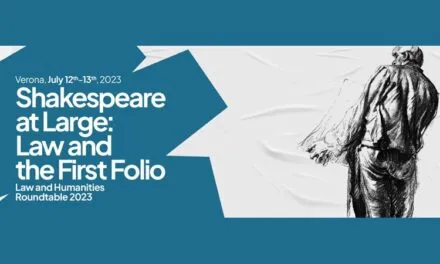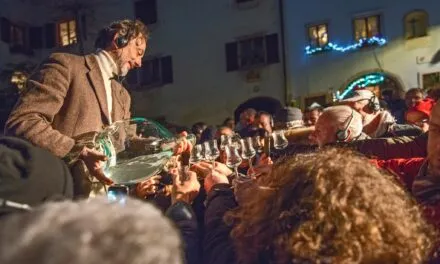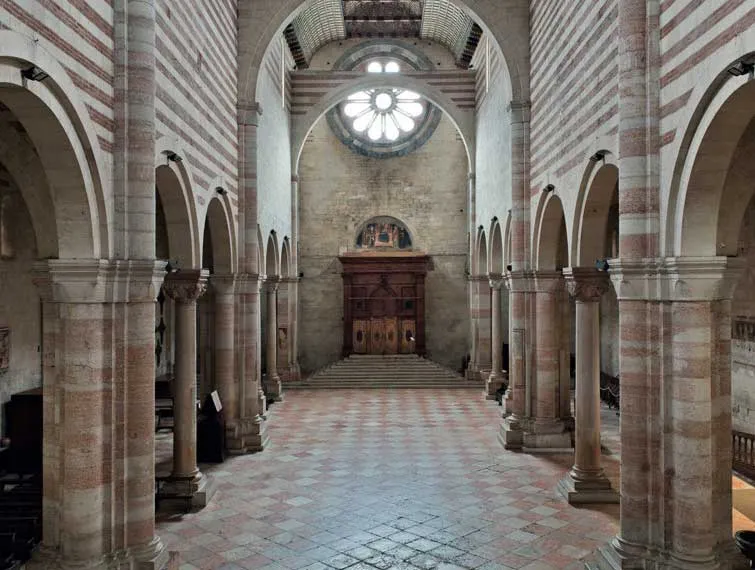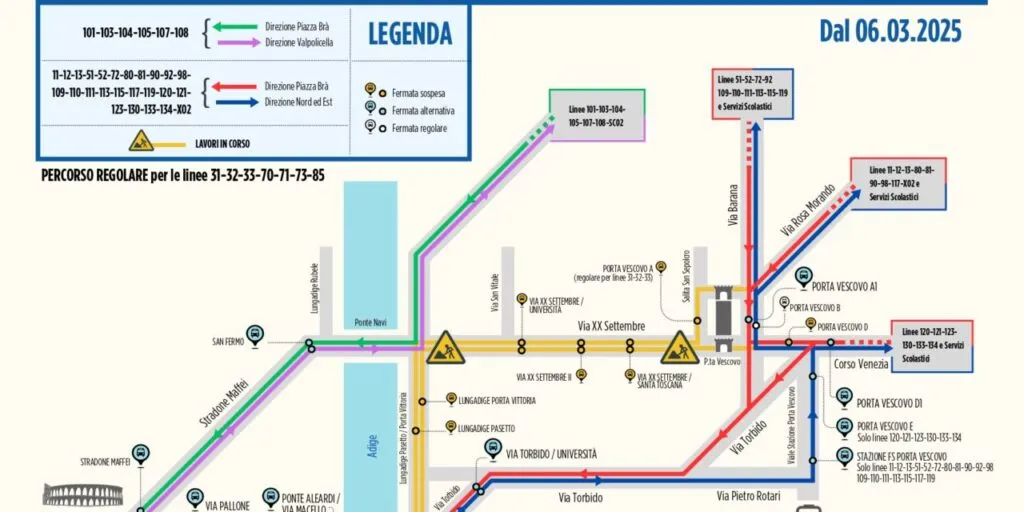The latest report on Italian tourism 2020-2022 (sources: CNR and Iriss) confirms the centrality of Lake Garda as a tourist destination. Among the top 50 tourist municipalities, six are from Lake Garda: Lazise (sixth place), Peschiera (seventh place), Bardolino (eighth place), Riva del Garda, Malcesine, Sirmione, and Limone.
The ranking obviously includes large cities such as Venice and Milan. But it also includes Verona (ninth place in the absolute ranking) and Brescia. On the other side of the lake, which is divided into three provinces, Riva and Arco are the leaders in Trentino-Alto Adige, Sirmione and Limone stand out on the Brescia shore.
But what is behind this success? Ivan De Beni, President of Federalberghi Garda Veneto, answers: “The first tourists were the English, sent by their doctors for health and wellbeing, then between the fifties and sixties tourism spread to the Veneto coast and from there it has been a constant crescendo. The attractiveness of Lake Garda was and still is linked to its bathing potential and the fact that we are close to Germany. We can be reached in four to six hours by car”.
During the summer, the first statistical and systemic study will be carried out on the tourists who choose the resorts of Benaco (the original name of Lake Garda). This will involve sending targeted questionnaires to the guests of the various accommodation facilities in order to establish their profile, the motivations behind their choice, their evaluation of their stay, and their satisfied and expected needs. The study will look at the trends in tourist demand on Lake Garda.
But there is also the other side of the coin: overtourism. “There is a lot of talk about sustainability, and tourism must have it too: if it is broken, in the long run Garda could become a destination branded as chaotic, overcrowded, a source of stress and therefore avoided,” points out Ivan De Beni. Getting to know the tourists, their world and their culture, through the study we are going to carry out, is also a way of being able to manage overtourism through the management of promotion strategies.


